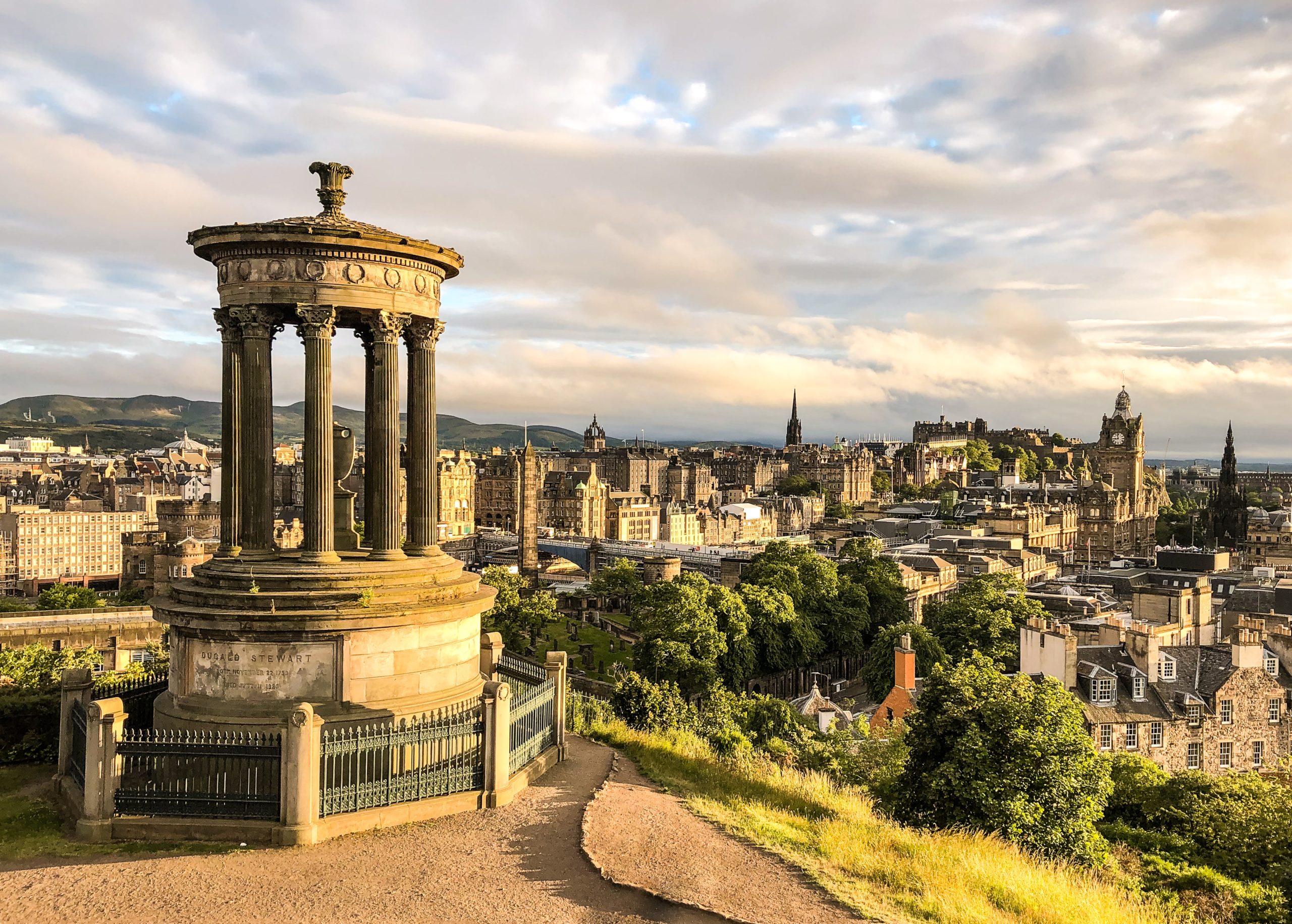Fairytales have always been a part of my life. My mom is Native American, and growing up surrounded by superstitions and old wives’ tales meant that I was always encouraged to believe in the imaginary. It is because of this intrinsic love of oral tradition and folklore that I became so attracted to Scotland and Ireland. The reverence and magic associated with the world that the Celts knew became not only a place to me, but a living, breathing entity that I could interact with.
If you were to ask anyone what they would think of when it came to Scotland or Ireland, one of the first descriptions would be that of the cold, the rain, and the land. In fact, when I would tell people that I was most excited about visiting this region I would be met with a chorus of people saying that the cold and the rain would be the only thing I would see there, and that it might not be worth the journey. These naysayers were completely wrong. While I can certainly recall being cold and wet more often than I was warm and dry, the countryside welcomed me into a mystical world just waiting to be investigated. Everywhere you looked were lush fields of green dotted with wild flowers. The hills in Ireland and Scotland hosted random outcroppings of forest and farmland filled with highland cows and sheep. The environment seemed to beckon you forward, providing the perfect setting for magical creatures to take flight.
First we stayed in Edinburgh, Scotland for five days. While there we were able to hide amongst yards of Scottish tartans and plaids, hike up Arthur’s Seat, sample different kinds of scotch, stroll beside the Edinburgh castle, and take a walking tour of the city at night. It was on this tour that we were made aware of the different ghosts, fairies, and spirits that supposedly inhabited the area. Seeing the castle and underground taverns draped in shadows and pale streetlights left an eerie feeling at the back of your throat, the echo of rowdy pub-goers imitated the sounds of the mobs that surrounded the Mercat Cross on the Royal Mile where witches were put on trial. We were told stories of apparitions that made sure that children were obedient to their parents and that young women didn’t fall in love too quickly, transfixed to the idea that some of the history still lived in the stone walls that surrounded the city. It would not have surprised us at all to have seen fairies dancing about the pillars of Edinburgh’s Disgrace. The sparkle of magic that was present in our tour guide’s eye became contagious, spreading to everyone that she educated.
The fairytales did not stop in Scotland, either. While on our ferry from Scotland to Ireland you could hear groups of old men sharing ghost stories and old family histories. The rainy streets of Belfast and Dublin showed the reflection of the streetlamps, the drinking songs bringing ghosts and ghouls alive. During our visit to Ireland we took a trip out to the west side of the island to visit Galway and the Cliffs of Moher, stopping in a small village to sample some famous seafood chowder and fish and chips. While enjoying our meal, we listened to a group of women sing old songs of lost loves, fairies, and battles fought by men full of courage and bravery. While on the cliffs we saw rain, sunshine, fine mists of water, and rainbows that reached both ends of the sky. The endless fields that led to Moher boasted fluffy cows and hidden areas that likely held the remnants of old leprechaun villages.
We left the British Isles for the warm beaches of Barcelona, but it’s hard not to dream of the life we knew while exploring Scotland and Ireland. I can’t help but to see the similarities in the ghost stories, old wives’ tales, and fairies of my childhood to the ones of my travels. Of all the countries I traveled and the stories I heard, the ones of the Celts are the ones that stick with me the most. They became more than just a silly idea or fondness associated with a region, but a living embodiment of how we should see the world – full of wonder, magic, and hope.

